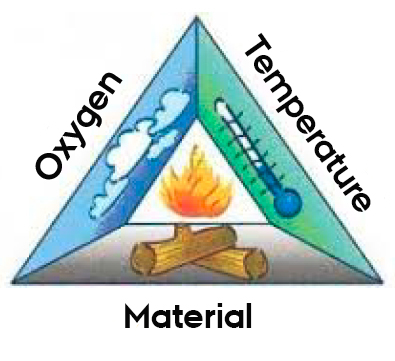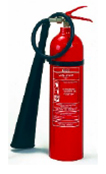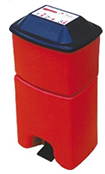In case of fire
- Stop the fire if possible.
Take no risks.
Request assistance from a colleague, if relevant.
Try to fight the fire by using suitable fire-extinguishing equipment.
Try to seal off the area to avoid unauthorised access. - Alert the fire service by calling 112.
Follow the alarm instructions.
Meet the fire service on site. - Evacuate.
Follow the evacuation instructions.
Do not use the lifts. - Prevent the fire from spreading.
If possible – close doors, windows and gates.
If possible – remove material which presents a fire hazard (gas cylinders and chemicals).
Remove or disconnect the source of the fire.
Firefighting
First, determine the appropriate response in a situation where there is a fire:
- Fight the fire – call for help and shout to warn others. Immediate action in case of small fires may reduce damage significantly.
And/or...
- Alert the fire service by calling 112. Any delay in calling the fire service may increase damage significantly.
Whether a fire starts and develops depends on three factors: oxygen, temperature and flammable material. If one or more of these elements is/are changed or removed, the fire will die out.
The fire triangle:

- Remove the oxygen (in case of fire in a small room): close the door and cut off the oxygen supply, for example by closing an open window.
- Lower the temperature (in case of fire in electrical installations or flammable liquids): Use a carbon dioxide fire extinguisher, which will cool the fire down to a temperature at which the fire will die out.
- Remove the flammable material (in case of fire in a waste bin or the like): If possible, pick up the item and throw it out of the window.






